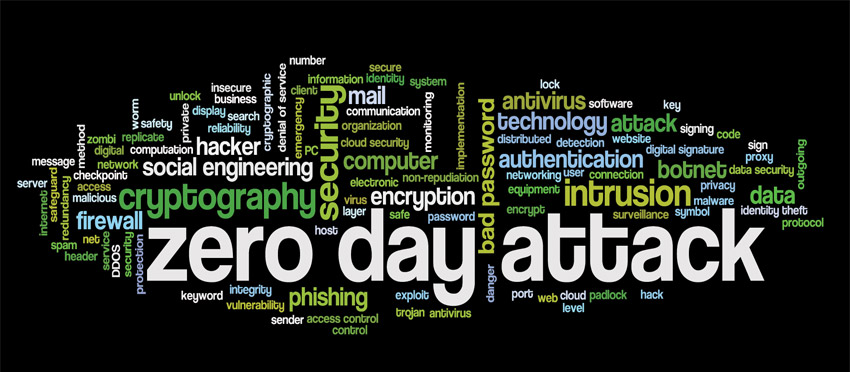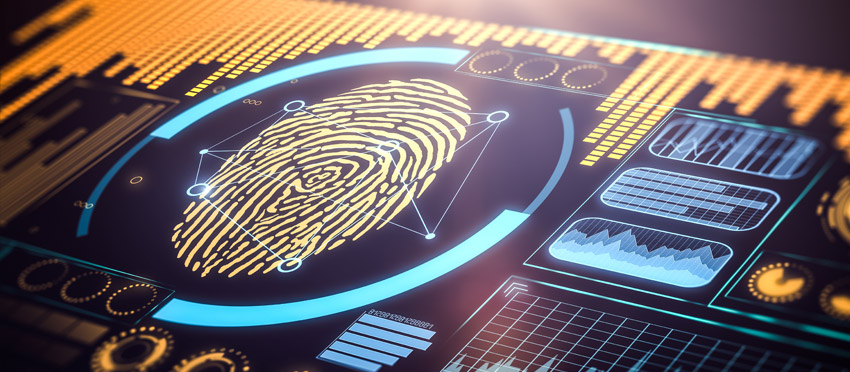
27 Jan Protecting IoT Devices & Machines from Zero-Day Attack
Smart devices and machines are currently providing critical functions within almost every industry. This includes manufacturing, automotive, energy, semiconductor, telecom, and others. From improving the performance of manufacturing assets to providing telecom service providers with deep insights into network performance, these IoT devices and machines are now deeply embedded within our professional and personal lives.
This proliferation of IoT assets has not come without risk. Chief among those is the increasing threat of cyber attack against those assets and the data they produce. One of the most imposing threats is that of the Zero-Day attack.
The Problem – Zero-Day Attacks
A Zero-Day attack is a cyber intrusion that remains undetected until a predetermined activation date and time. When finally detected by the asset owner or developer the necessary fix or patch often occurs after considerable damage has already been done. Zero-Day is a general term that comprises a wide range of cyber-attack types, including:
- Ransomware: A malware attack in which hackers hijack critical data and demand ransom for its return. Ransomware can impact the entire asset ecosystem or be applied to individual assets or data files. In many cases operational and asset data is permanently compromised.
- Phishing: Hackers use fraudulent messaging to entice the targeted victim to reveal sensitive asset or data information. Hackers use this information to gain access to connected devices and machines and the data they produce.
- Distributed Denial of Service (DDoS): Hackers penetrate an IoT network and disrupt the flow of data between the devices and machines within that network. This can overwhelm an entire IoT ecosystem and prevent the access and transmission of data critical to system performance. DDos attacks can impact hundreds/thousands of critical assets.
- Cloud-Native Breach: Cyber-criminals penetrate an IoT cloud environment and steal data that is being transmitted to the cloud. Access is gained by exploiting vulnerabilities within the cloud deployment and then hijacking asset data during the transmission and/or storage phase.
The Solution – Edge-native AI Security
To better protect business-critical assets from the Zero-Day threat, security protocols need to be implemented as close to an asset as possible. Edge-native AI technology allows a developer to embed AI-enabled security algorithms directly into the microcontroller of an IoT device or machine. This cyber-security at the “extreme edge” provides enhanced protection when compared to typical cloud-dependent approaches. Differentiators include:
- Continuous, real-time, asset security monitoring that resolves the data-latency problem inherent with non-edge-based solutions
- Predictive AI and ML algorithms live, learn, and train on the targeted asset – prediction vs reaction
- Quicker detection and reaction to Zero-Day infection – staying one step ahead of cyber criminals
- Processing of asset data at the endpoint eliminates security risks associated with cloud processing

The Impact
Edge-native AI security will provide next-generation cyber protection against Zero-Day attacks that are increasingly sophisticated and destructive. This technology can be embedded into virtually any type of IoT or IIoT (industrial internet of things) device. A small sampling would include:
- Manufacturing: SMT equipment, robotics, material handlers, inspection systems, thermal equipment, etc.
- Automotive: sensors, OBD2 devices, telematic data, driver analytics data, etc.
- Energy: Drilling equipment, seismic sensors, flow controllers, pressure monitors, tank analytics, etc.
- Telecom: Smart router and switches, network integrity sensors, IoT device data transmitters, etc.

